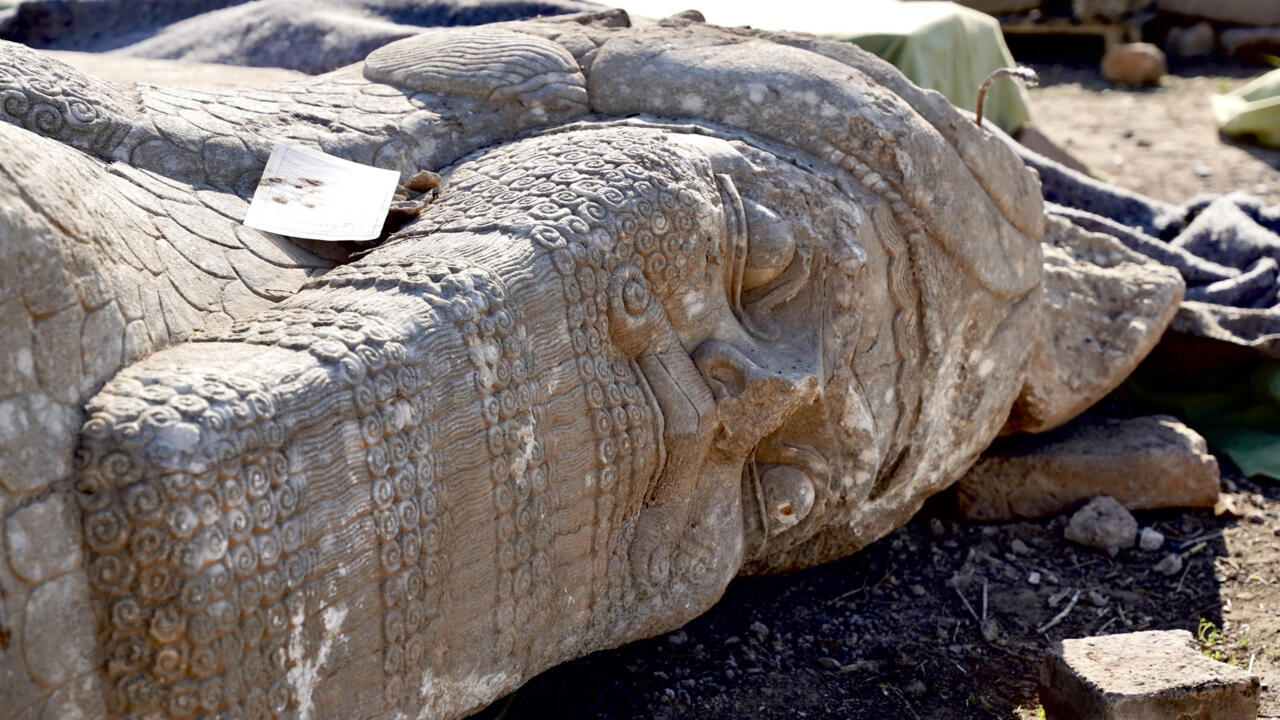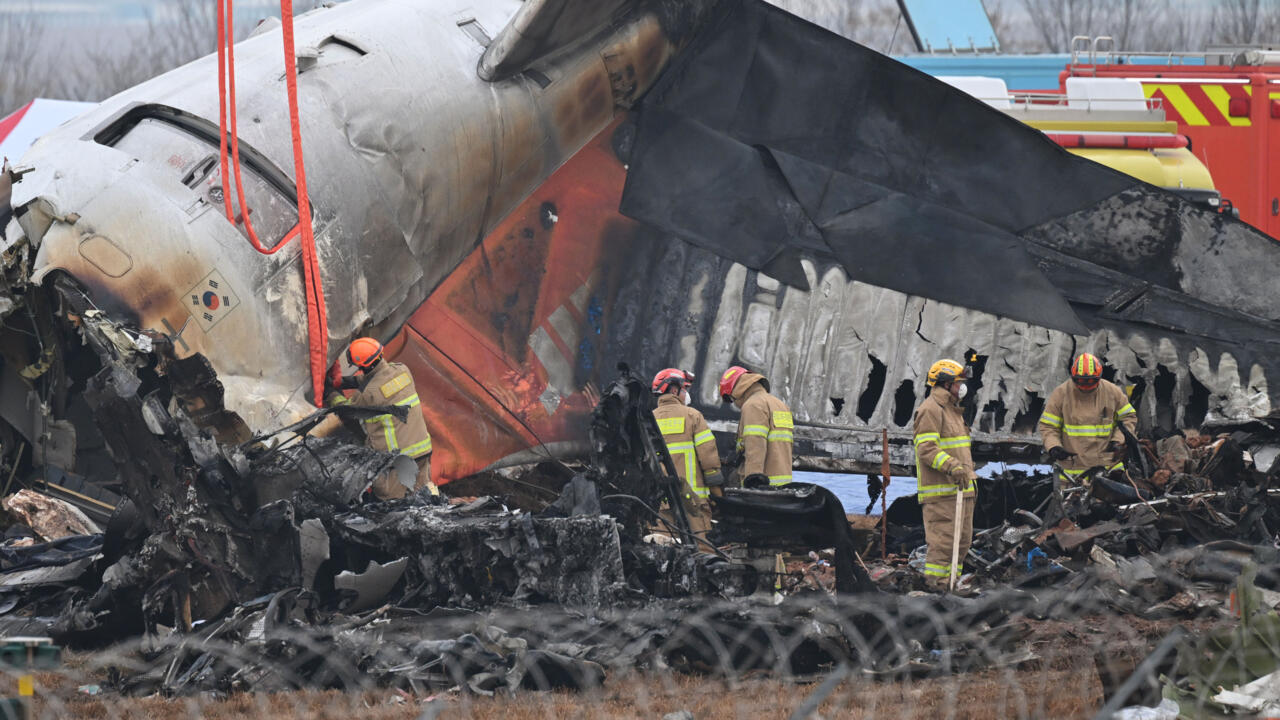Once the crown jewel of the ancient Assyrian empire, the UNESCO-listed archaeological site was ravaged by Islamic State (IS) fighters after they seized large areas of Iraq and neighbouring Syria in 2014.
The precious pre-Islamic artefacts destroyed by the jihadists are now in pieces, but the archaeologists working in Nimrud are undaunted by the colossal task they face.
“Every time we find a piece and bring it to its original place, it’s like a new discovery,” Abdel Ghani Ghadi, a 47-year-old expert working on the site, told AFP.
More than 500 artefacts were found shattered at the site, located about 30 kilometres (19 miles) from Mosul, the city in northern Iraq where IS established the capital of their self-declared “caliphate”.
Meticulous excavation work by Iraqi archaeologists has already yielded more than 35,000 fragments.
The archaeologists have been carefully reassembling bas-reliefs, sculptures and decorated slabs depicting mythical creatures, which had all graced the palace of Assyrian King Ashurnasirpal II nearly 3,000 years ago.
Seen from above, the pieces of the puzzle gradually come together. Shards of what just several years ago was a single artefact are placed side by side, protected by sheets of green tarpaulin.






